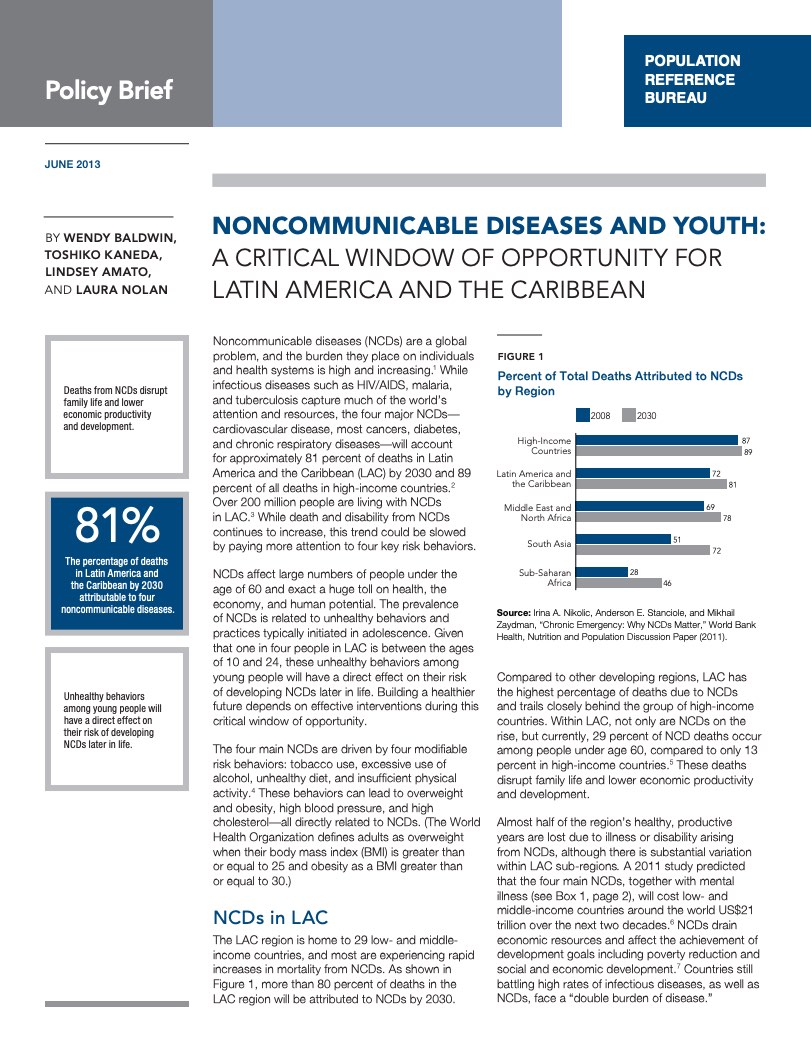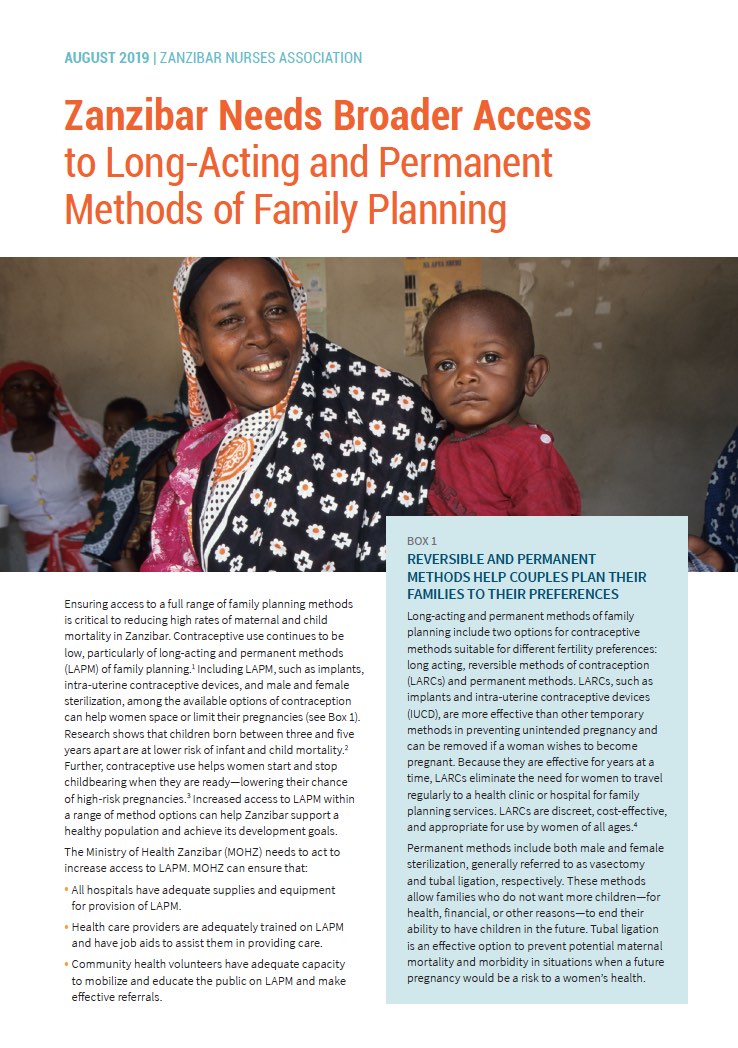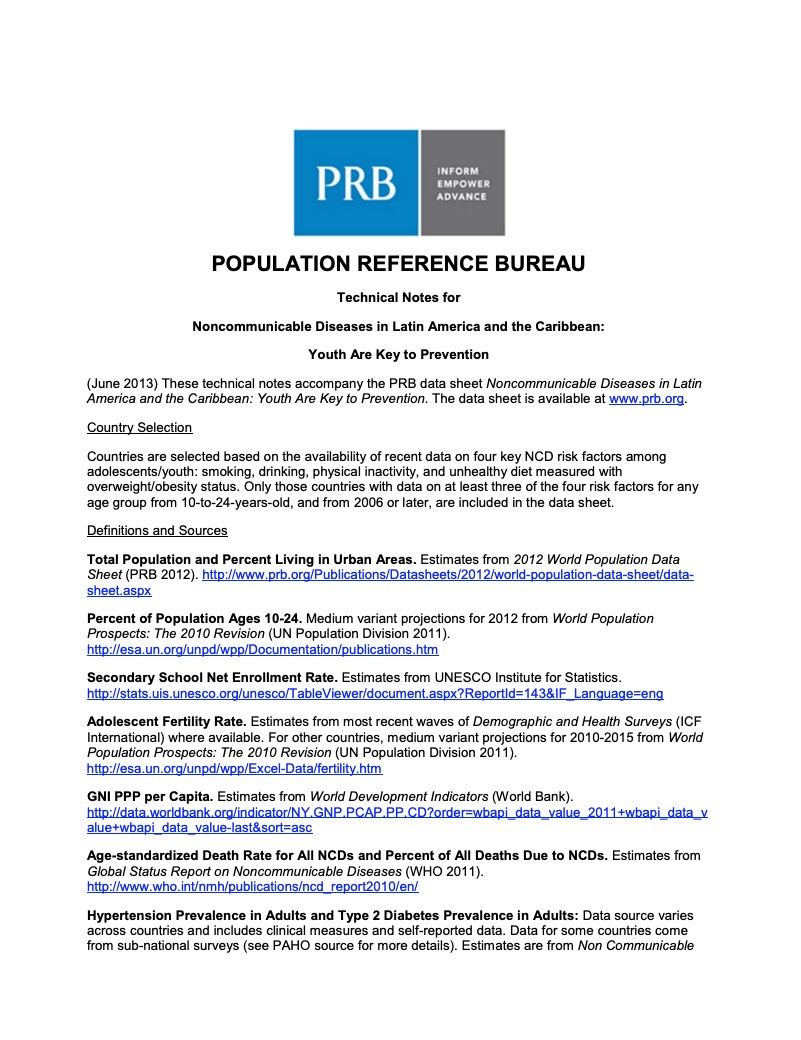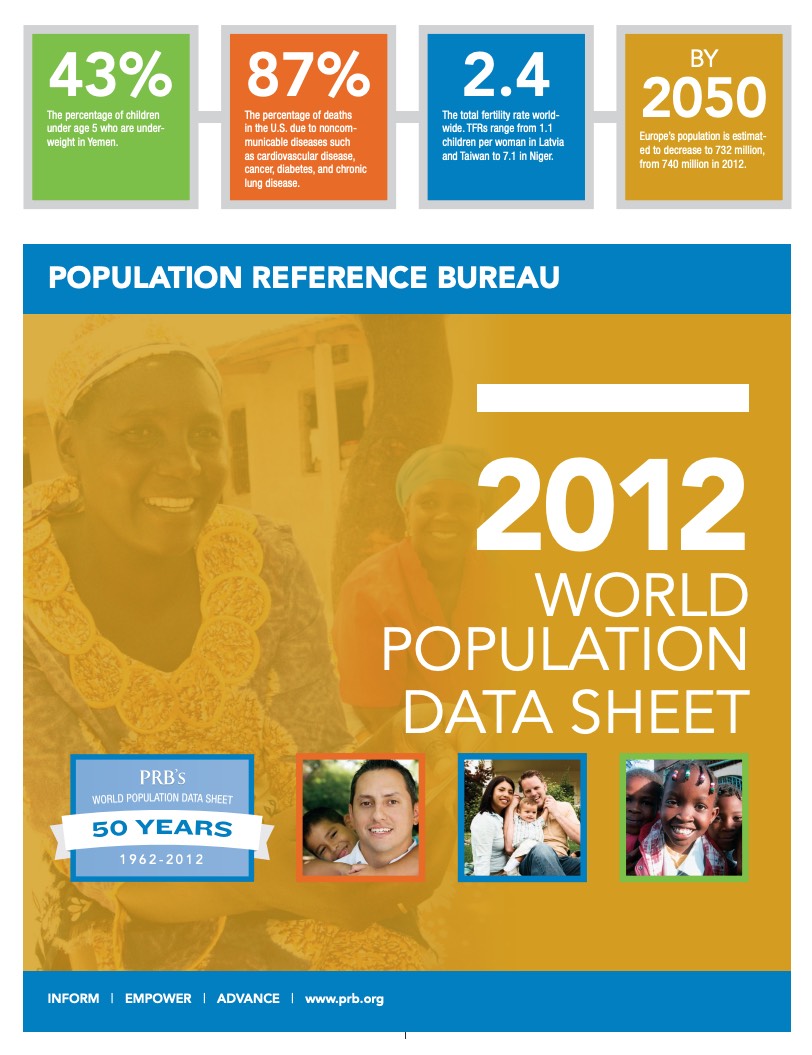Population Growth and Deforestation: A Critical and Complex Relationship
(2004) During the last two decades, agricultural expansion, logging, development, and other human activities caused the deforestation of more than 120,000 square kilometers each year.






